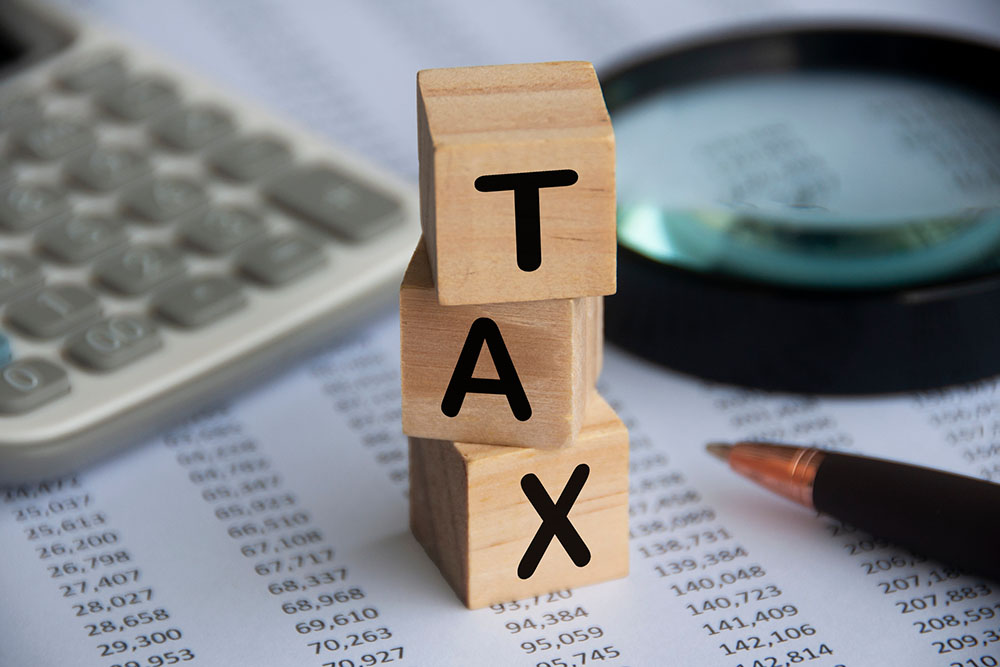Single-tier state pensions
State pension entitlements have been simplified with the introduction of the of the new single-tier pension last April. The government placed great emphasis on the amount of the new single-tier state pension of £155.65. This communication was criticised by many pensions advisers, and indeed the House of Commons Work and Pensions Select Committee. The truth of the matter is that most people will not receive the above level of pension.
Examining this issue in more detail identifies three groups of people who are on course to receive less under the single-tier system than under the previous regime:
- People with a contribution (or credit) record of less than ten years by the time they reach their state pension age. Under the new regime they will now receive nothing.
- Those who would have relied on their spouse’s National Insurance (NI) record. The new basis is based on the individual and a spouse’s NI record will no longer be taken into account, though there are limited transitional provisions.
- Members of a contracted out final salary pension scheme between 1978 and 1988 who accrued a Guaranteed Minimum Pension. Once such a pension entitlement comes into payment, the inflation proofing that was to be provided by the government is withdrawn under the new regime.
Reductions will be made to the new single-tier pension entitlement for those who “contracted out” of the State Earning Related Pension scheme (SERPS) by a personal pension plan. This reduction will however be offset by the accrual of further entitlement, from last April, under the new rules. If entitlement under the old rules produces a higher state pension, then this will be paid. Not forgetting that a thirty-five year national Insurance payment record is now required to receive the full single-tier pension (previously the maximum basic state pension required thirty). Oh, and of course the age at which state pension becomes payable is later and will be increasingly so (particularly for females, many of whom have seen their state pension age increase by eight years). Finally, let’s not forget the now available “pension freedoms”, offering new flexibility and choices. Confused? You are not alone.
The first thing to do is apply for a state pension projection from the Department of Work and Pensions (DWP) (www.gov.uk/check-state-pension) which will not only tell you how much you will get, but also when you reach your state pension age. Don’t assume your NI payment record is correct – check; you would be surprised by the number which are not. The next step is to obtain projections from any workplace pensions and personal pensions. The former could take a bit of tracking down, fortunately the DWP provide a pension tracing service www.gov.uk/find-pension-contact-details. This will enable you to quantify how much you can expect, when and begs the question – is this enough?
Author: Paul Newton FPFS, CertPFS (DM & Securities), STEP Affiliate, CertPMI is a Chartered Financial Planner for Castlegate Financial Management Limited, a firm of Independent Financial Advisers, authorised and regulated by the Financial Conduct Authority. 8 Castlegate Grantham Lincolnshire. 01476 591022. This article is for information purposes only and does not constitute financial advice which should be sought before any action taken. The value of investments and the income from them can fall as well as rise and is not guaranteed which means you could get back less than you invest. Past performance is not a guide to future performance.












